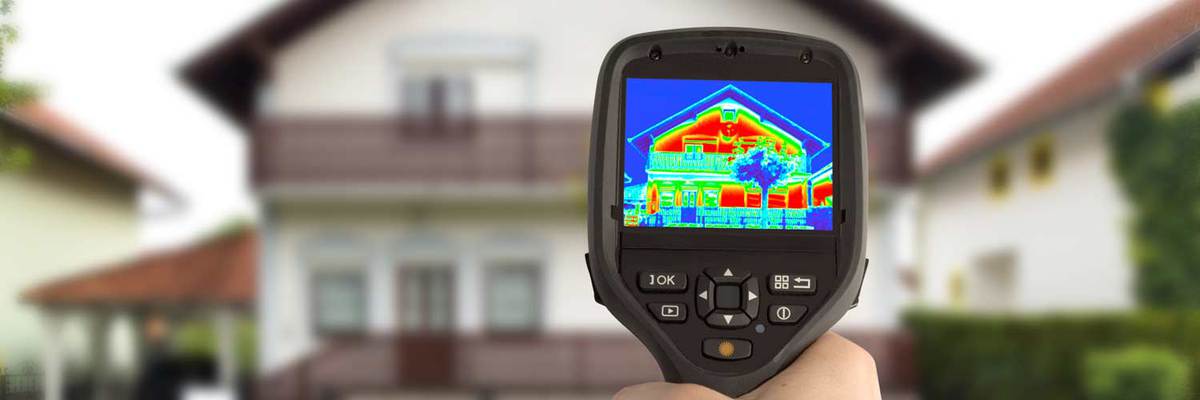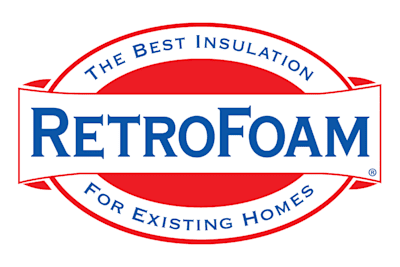What are the 3 Types of Heat Transfer?
energy efficient insulation | energy efficiency | foam university


Remember learning about conduction, convection, and radiation in middle school science?
Yeah, barely. But if you own a home, you’re living that heat transfer life every day, even if you don’t realize it.
Let’s bring that classroom lesson home. In this article, we’ll break down what the three types of heat transfer are, how they impact your comfort and energy bills, and most importantly, how the right insulation is used to prevent heat transfer from turning your house into a furnace or an icebox.
What is Heat Transfer?
Heat transfer is just a fancy way of saying “how heat moves,” according to the U.S. Office of Energy Efficiency and Renewable Energy.
More specifically, it’s how thermal energy travels from one place to another.
In a home, this usually means one of two things.
- Heat is escaping your home in the winter
There are three types of heat transfer that make this possible:
- Conduction
- Convection
- Radiation
Let’s unpack what each one does and how it affects your home.
Heat Loss Through Conduction
Heat loss through conduction happens when two materials touch.
That’s it, heat on contact.
Think about placing a cold pan on a hot stove. The heat moves from the burner into the pan. That’s conduction.
Now think about your home.
If your exterior walls feel cold to the touch in winter, that’s conduction working against you. The warmth inside your home is meeting the cold from outside, and it’s losing.
Common areas where heat loss via conduction happens:
- Through drywall
- Through studs in your wall
- Through windows
- Through doors
Insulation helps reduce this type of heat transfer by slowing the movement of heat through solid materials.
Heat Loss Via Convection
Convection is heat transfer through the movement of air – it’s air on the move.
A few examples:
- Your furnace blowing warm air through vents.
- Drafts around windows or outlets.
- Air leaks in the attic or basement.
If your home is leaking warm air in the winter or sucking in hot air during summer, you’ve got a convection problem. Imagine trying to heat your house with the windows wide open.
To fight heat loss via convection, you need an insulation that seals those air leaks and stops the air from moving where it shouldn’t.
Radiation Heat Loss
Radiation heat loss is heat energy moving in invisible waves. (Yep, science-y, but stick with us.)
Ever stood in the sun on a hot day and felt it warm your skin? That’s radiation. Even in the shade, you can feel radiant heat bouncing around.
Inside your home, radiant heat comes from the following.
- The sun beating down on your roof or windows
- Appliances
- Electronics
- Even your own body
This type of heat transfer can raise the temperature of your home quickly.
To manage radiant heat, you need an insulation that creates a radiant barrier between the outside and your living space.
How Do Insulators Work to Reduce or Prevent Heat Transfer?
That’s a good question.
Traditional insulation, like fiberglass or cellulose, may address one or two types of heat transfer. But rarely all three. That means you could still be losing energy and comfort to conduction, convection, or radiation.
Foam Insulation Fights All 3 Types of Heat Transfer
Foam insulation is the triple threat your home needs.
Here’s how foam insulation works to block all types of heat loss.
- It creates an air barrier, stopping convection in its tracks.
- It slows heat flow through contact surfaces, reducing conduction.
- It helps minimize radiant heat gain by sealing the building envelope and maintaining a more consistent indoor temperature.
Whether it’s summer or winter, foam insulation works year-round to keep your home comfortable and efficient.
If you’re still feeling the heat or the cold, find a RetroFoam dealer near you to learn how foam insulation can solve your home’s comfort issues once and for all.
Key Points:
- Heat transfer is how thermal energy moves, either into or out of your home.
- The three types of heat transfer are:
- Conduction (heat on contact)
- Convection (air movement)
- Radiation (heat waves)
- Traditional insulation may only address one or two types of heat transfer.
- Foam insulation fights all three, making it a smart investment in year-round comfort and energy savings.
- If you’re wondering how do insulators work to reduce or prevent heat transfer, foam is your all-in-one answer.
Related Articles
What Causes an Uncomfortable Home?
What Causes High Energy Bills?
Foam Insulation vs. Fiberglass: A Comprehensive Comparison to Coffee Cups
About Amanda Emery
Amanda previously has worked as a breaking news and crime reporter, TV news producer, and editor. As a journalist, she has won several awards from The Society of Professional Journalists - Detroit Chapter and the Michigan Press Association. Amanda uses her experience as a journalist to write content that will help educate homeowners on foam insulation benefits. When Amanda isn’t writing, she’s spending time with her husband Chris, daughter Lilith-Maeve, and rescued huskies Danger and Wendigo. She also loves knitting, making art, and cooking.


